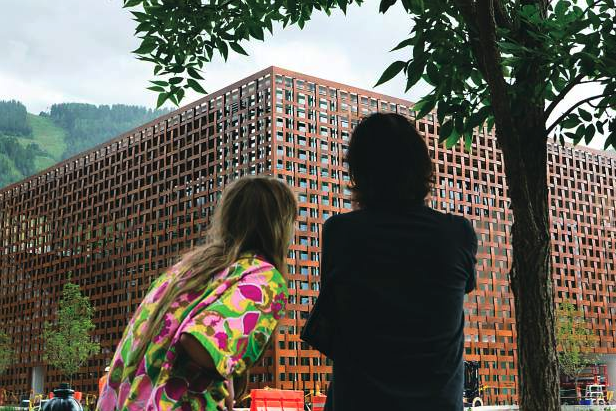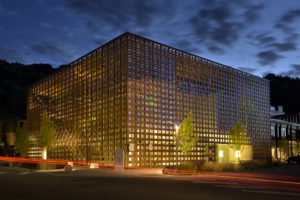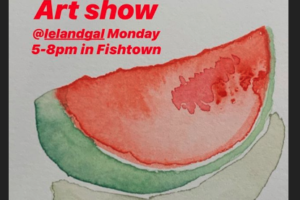
When an angry mob of Aspenites destroyed the artist Donald Lipski’s “Beacon Interrogator” art installation on Aspen Mountain, in the middle of a June night in 1988, the act wasn’t really about the art at all.
The Aspen Times, in fact, dedicated its editorial pages the following week to the incident and used it as a sort of case study for a town in turmoil and divided against itself over — as always — growth, development and economic inequality, specifying the “large commercial buildings, giant houses, traffic, air pollution, lack of housing, high living costs and all the other drawbacks of runaway growth even though the city has the most stringent land-use and growth controls in the nation.”
Chastising the vandals who destroyed the work and scolding the many locals who had threatened the Aspen Art Museum for installing Lipski’s massive Mylar sheets on Ajax, the Times used the occasion to diagnose a new and bitter character in Aspenites: “Residents take themselves and the issues, even the smallest, too seriously. They are less tolerant of those who may be different or have different ideas.”



